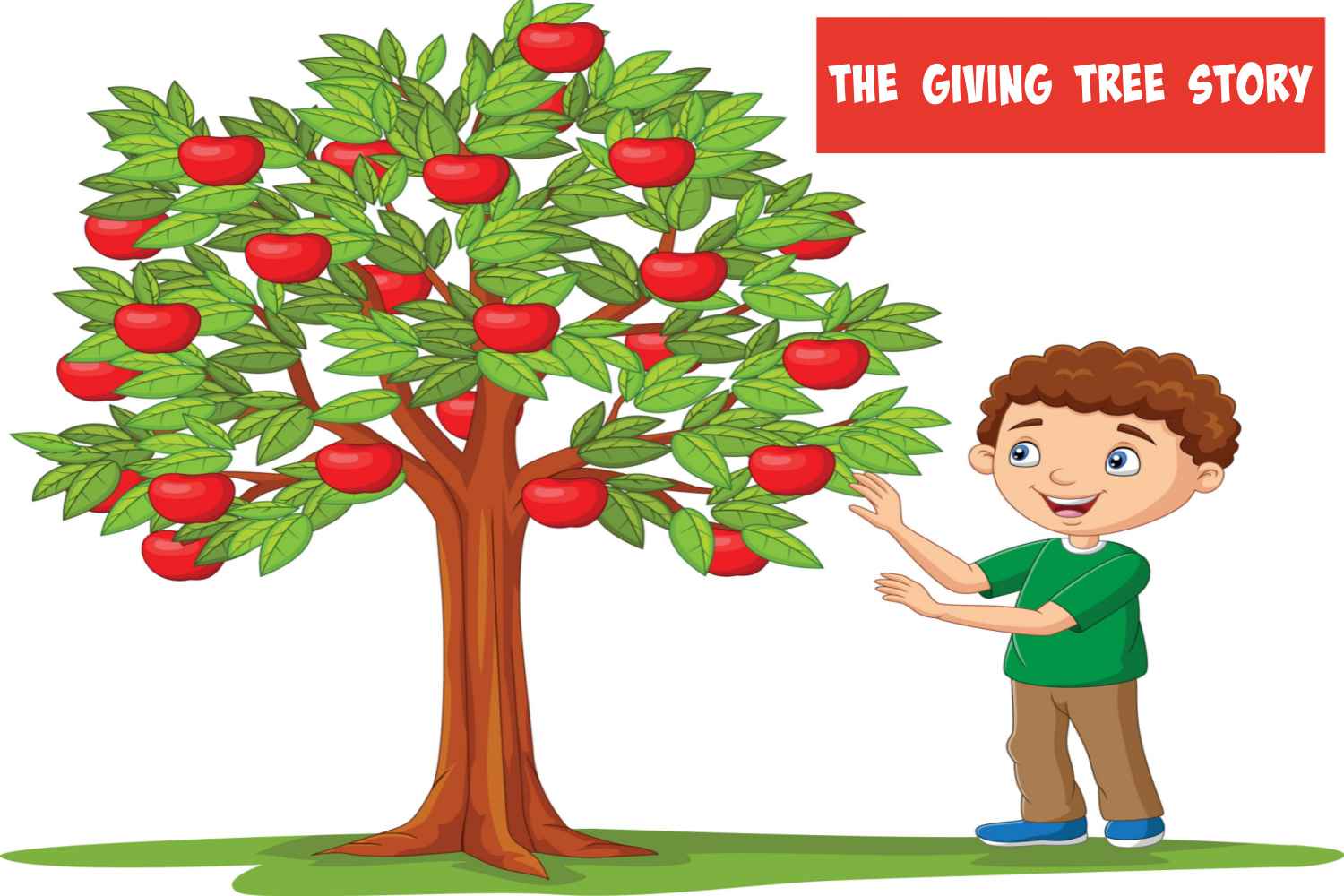
Nipple Shields When Breastfeeding – When, Why and How to Use
8 min readWritten by Gunjan Bedi


Motherhood is a wonderful experience. Creating a baby within you, nurturing it for nine months and seeing the baby grow into an adult slowly is a precious experience only we women can have. But motherhood does come with its own set of difficulties. For example, some women can experience pain when feeding their baby. In such cases, nipple shields while breastfeeding can come in extremely handy.
Do you have soreness in your breast while breastfeeding? If you’re having intense pain while breastfeeding, a nipple shield can help to deal with pain and soreness. Nipple shields are excellent for women who are facing difficulty while breastfeeding. This is beneficial for women only if used correctly under the guidance of a doctor. However, if you are trying to use a nipple shield on your own, here is everything you need to know.
In This Article
- What is a Nipple Shield?
- Why Do You Need a Nipple Shield When Breastfeeding?
- When Should You Use a Nipple Shield When Breastfeeding?
- How to Use Nipple Shields When Breastfeeding?
- What Should You Consider While Buying a Nipple Shield?
- Top 5 Tips to Take Care of a Nipple Shield
- Advantages of Using a Nipple Shield When Breastfeeding
- Disadvantages of Using a Nipple Shield When Breastfeeding
- How Can You Wean Your Baby From a Nipple Shield?
- FAQ’s
What is a Nipple Shield?
A nipple shield is a silicone device generally worn on the nipple during breastfeeding time. It has a cone-shaped area that covers the areola region of the nipples. The device acts as a shield to avoid skin-to-skin contact between the baby and you.
The nipple region of the nipple shield constitutes tiny holes on the tip from where milk will flow into the baby’s mouth. Apart from this, nipple shields are flexible, thin, transparent and highly comfortable. Nipple shields allow babies to suck milk more effectively.
Why Do You Need a Nipple Shield When Breastfeeding?

Women should use nipple shields when their babies are struggling with latching. In addition, women should use a nipple shield if they have pain in their nipples. Other possible reasons to use a nipple shield are as follows
1. Prematurity
Some premature babies do latch well with tiny nipples. However, other preemies may face difficulty in latching from the nipples. In that case, women can use nipple shields for breastfeeding their babies properly.
2. Tongue-Tie
Babies suffering from ankyloglossia (a tongue-tie condition) may face difficulty in latching. In that situation, a nipple shield is a good option to help your baby latch and breastfeed properly.
[Read : Tongue-Tie In Toddlers]
3. Sore Nipples
If you are suffering from soreness in your nipples and your nipples are painful while breastfeeding, then a nipple shield would be a comfortable option.
4. Flat, Inverted or Retracted Nipples
Women can also use a nipple shield to draw out retracted, flat and inverted nipples so babies can’t latch properly.
When Should You Use a Nipple Shield When Breastfeeding?
Nipple shields are best for babies who can’t latch and suck the milk well due to various reasons. For example, some premature or newborn babies may struggle to latch through the breast. In that case, a nipple shield is helpful for the babies to latch properly. Moreover, nipple shields are also helpful in improving the ability to suck.
A nipple shield is also helpful to switch easily from breastfeeding to bottle feed. With a nipple shield, women don’t need to pump out milk. In addition, if you are feeling tenderness or soreness in your breast, they can use a nipple shield.
How to Use Nipple Shields When Breastfeeding?

Nipple shields come in different shapes and sizes. You can consider a nipple shield depending on the size of the nipples. Moreover, you can also ask a lactation consultant to help with the correct size of the nipple shield. After selecting the nipple shield, you can follow the steps to use the nipple shield.
- Moisten the nipple shield with lukewarm water
- Gently stretch out the nipple shield on your breast. Ensure to draw out the areola and nipple in the raised portion of the nipple shield. Make sure the tip of the nipple fits appropriately in the shield.
- Express some amount of milk in the tip of the nipple shield. You can also drip some of the expressed milk outside the tip of the nipple shield. It helps to encourage babies for a good latch.
- During nursing time, you can hand express milk on the mouth of your babies so that they can keep on sucking milk.
- Once breastfeeding is done, wash the nipple shield with soapy water and dry them properly.
[Read : Expressing Breast Milk By Hand]
What Should You Consider While Buying a Nipple Shield?

Nipple shields can be easily purchased from any medical store. But many brands and sizes may confuse you when choosing the best nipple shield. Here are some tips you need to know while buying a nipple shield.
1. Size
A nipple shield doesn’t fit all women’s breasts. It’s not one size fits all; that’s why you must consider the size of the nipple shield. Arguably, nipple shields come in different sizes and diameters. The size of the nipple shield ranges from 16 mm to 28 mm. Thus, ensure to choose the right size of nipple shield as it helps reduce friction, reduce pain, and improve the flow of milk.
If you are unsure about the nipple shield size, ask a lactation consultant and a doctor about using a nipple shield. In addition, you may need different nipple shield sizes as your baby ages. Also, ensure that the nipple shield is easily attachable and doesn’t cause irritation to you.
2. Shape
Once you have selected the right size of a nipple shield, consider the shape and length of the nipple shield. Some nipple shields are available in round shapes and cover the areola completely. In comparison, some nipple shields have cut-outs, allowing better skin-to-skin contact while latching babies. Depending on your requirement, you can choose any shape of the nipple shield for a good latch.
3. Length
The length of nipples also varies. If a nipple shield causes your tiny one to gag, you can buy a nipple shield with a shorter nipple size.
Top 5 Tips to Take Care of a Nipple Shield
Nipple shields are meant to improve latch and help ease the pain and soreness you feel while breastfeeding your toddler. After using a nipple shield, do not forget to follow these tips to use it long-lasting.
1. Rinse the Nipple Shield Well After Use
When you are done with a nipple shield, remember to wash it with cold water first. This helps to clean out milk from the nipple.
2. Wash it With Hot Water
The hot water bath helps sterilize the nipple shield perfectly. You can also use soap water to clean it properly and dip it into the hot water.
3. Sanitize Nipple Shield
Make sure to sanitize the nipple shield properly before you store it. Micro steam bag or boil nipple shield for 5 minutes. This will help to sanitize nipples.
4. Dry Off Nipple Shield
After sterilization or sanitization, dry it completely to remove excess water from the nipple shield. Use a clean cotton cloth to wipe extra water and leave it for air drying.
4. Store in a Cool Place
Once the nipple shield is completely dried off, wrap it up and keep it in a cool and dry place.
Advantages of Using a Nipple Shield When Breastfeeding

Nipple shields offer significant advantages to nursing mothers. Some of the benefits of using a nipple shield are as follows:
- It helps to improve the latch and allows your babies to suck milk properly.
- Little ones having tongue-tie issues can benefit from a nipple shield. They can easily latch without any hassles through the nipple shield.
- Women with short, inverted, flat nipples can use a nipple shield to feed their babies properly.
- A nipple shield is also helpful to reduce pain sensation and soreness
- It helps to avoid skin-to-skin contact with babies and mothers having damaged nipples. This nipple shield can help to heal faster and allow babies to feed easily.
Disadvantages of Using a Nipple Shield When Breastfeeding

The nipple shield may have significant advantages for nursing mothers and newborn babies. But constant use of nipple shields may have some drawbacks, which are listed below.
1. Milk Production Decreases
Constant use of the nipple shield may affect milk production. If your baby is not sucking adequately to stimulate milk supply, you may have the issue of decreased milk supply.
2. Babies Have to Suck Harder
Babies must put more effort into sucking milk through a nipple shield. You can compress your breast gently while nursing your babies. However, if your breast seems full even after nursing, use a breast pump to drain excess milk. It helps reduce pain and the chances of mastitis and plugged ducts in the breast.
[Read : Plugged Ducts And Breastfeeding]
3. Difficult to Breastfeed Babies in Public
If women are already facing issues in breastfeeding, a nipple shield may further create difficulty in breastfeeding in public areas. You may fumble to settle down your baby to latch correctly.
4. Babies Become Dependent on Nipple Shield
Constant use of a nipple shield may make your baby dependent on it. In that case, a lactation consultant can help to wean from the nipple shield within a few weeks.
How Can You Wean Your Baby From a Nipple Shield?
A nipple shield is a temporary solution for nursing mothers to get rid of pain and help babies to breastfeed. However, if your baby becomes habitual with nipple shields, take help from a certified consultation. Here are some useful tips if you want to wean your babies from the nipple shield.
- Always encourage your babies to latch when you are using a nipple shield. You can use your fingers to the wide-open mouth of your baby.
- Initiate skin-to-skin contact with your baby while nursing without a nipple shield. This helps your baby to latch on its own.
- Start feeding your baby through a nipple shield, and then remove the nipple shield in the next session. This helps to wean your baby from a nipple shield and eventually you will be able to stop using it.
- Do not cut the tip of your nipple shield as it may leave a sharp edge which can cause harm to your baby.
A nipple shield is an excellent tool for women facing nursing issues. It is also helpful for premature babies who are struggling to breastfeed. Before you proceed, consult a lactation consultant to choose the right nipple shield size. Once your baby becomes older, try to wean off your little one from the nipple shield by following the above tips. If you are having some issues and a noticeable reduction in milk supply after using a nipple shield, consult with a doctor.
FAQ’s
1. How to Know if the Nipple Shield Fits You Properly?
Consider the size of the nipples and then choose the size of the nipple shield accordingly. Suppose your nipple size is 16 mm, pick up the nipple size of 21 mm as it will fit correctly. In addition, check if you are having discomfort and pain while wearing a nipple shield. If you have such issues, the nipple shield may not be of the right fit.
2. Does Nipple Shield Increase Milk?
Nipple shields are helpful to latch your babies properly. It improves the milk supply if done in the right manner. In some severe cases, if you do not use a nipple shield correctly, their milk supply may be reduced.
3. Will My Baby Get Less Milk With a Nipple Shield?
A nipple shield is flexible and easy to latch. Premature babies will likely receive more milk with a nipple shield than nipples. However, if your baby is not sucking adequately on the nipple shield, then they may get less milk with a nipple shield.
Read Also: Baby Latching – Causes, Signs And Techniques

Gunjan Bedi,B.Sc (Biotechnology), M.Sc (Microbiology)
Gunjan Bedi an inspirational writer and story teller. My background in medical science make me a perfect content writer in parenting and medical content writing niche. My content has touched millions of readers within three years. Since past three years I have worked with several clients in different niche and provide easy to read content that readers love the most.Read more.
Responses (0)
Want curated content sharply tailored for your exact stage of parenting?
Related articles

8 Interesting Ways Dads Can Help Their Breastfeeding Partner

Second Trimester Pregnancy Advice For Partners – Week by Week

Rebranding Parenthood: 8 Ways Family Planning Can Grant You Lifetime Returns

The Giving Tree Story With Moral For Kids

How to Choose Acne Treatment Products During Pregnancy?

Interesting Facts About April Born Babies
Sponsored content
Discover great local businesses around you for your kids.
Get regular updates, great recommendations and other right stuff at the right time.





